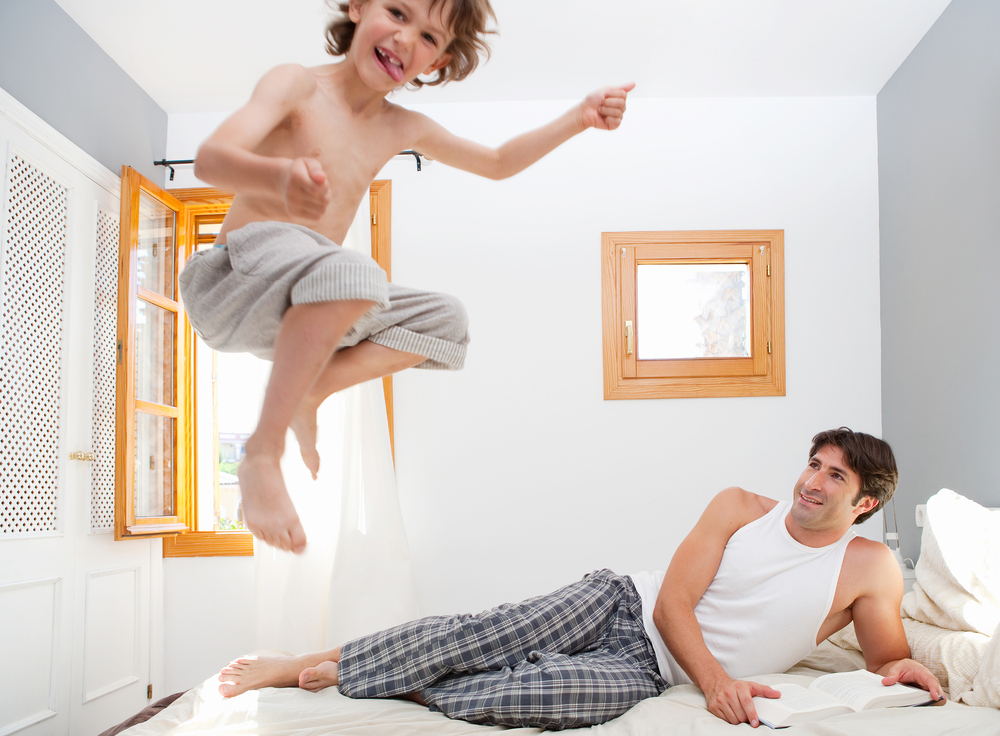Let Sleeping Kids Lie

It is bedtime, the kids are (finally) nodding off, you send them to brush their teeth and - ping- they are bright awake!What happened? One reason could be your bathroom lights. They might be nice and bright with a cool color temperature; ideal for waking you up in the morning, but also for giving your kids a second wind at night by sending the wrong signals to their internal clocks.
We are all hard-wired to react to light. Just think about how much more energizing a bright, sunny spring day is than a dreary overcast one. Or how the warm orange glow from a fireplace makes us relax while a cool color temperature makes us more alert.
Most of us spend a lot of time indoors at work, in school or at the mall under artificial light. In most cases this type of light is of a cool color temperature that meant to be energizing. In the evening when we are no longer exposed to daylight or cool artificial light the pineal gland in the brain begins to release melatonin. Melatonin is a hormone that is very light sensitive. Darkness or dim, warm light (a fire in the fireplace, candle light or dimmed incandescent light) stimulates melatonin production and makes us drowsy and ready for bed. Bright, cool light on the other hand suppresses it and keeps us awake. We all have a natural circadian rhythm that regulates our waking and sleeping phases, but light exposure can throw off the balance and interfere with our sleep.
Light in the blue part of the spectrum suppresses melatonin production much more than light in warmer, orange tones. A bright light with a color temperature above 3000K has an invigorating affect. Not what you want at bedtime. So, a soft, warmer secondary light for nighttime bathroom visits might be the solution.






